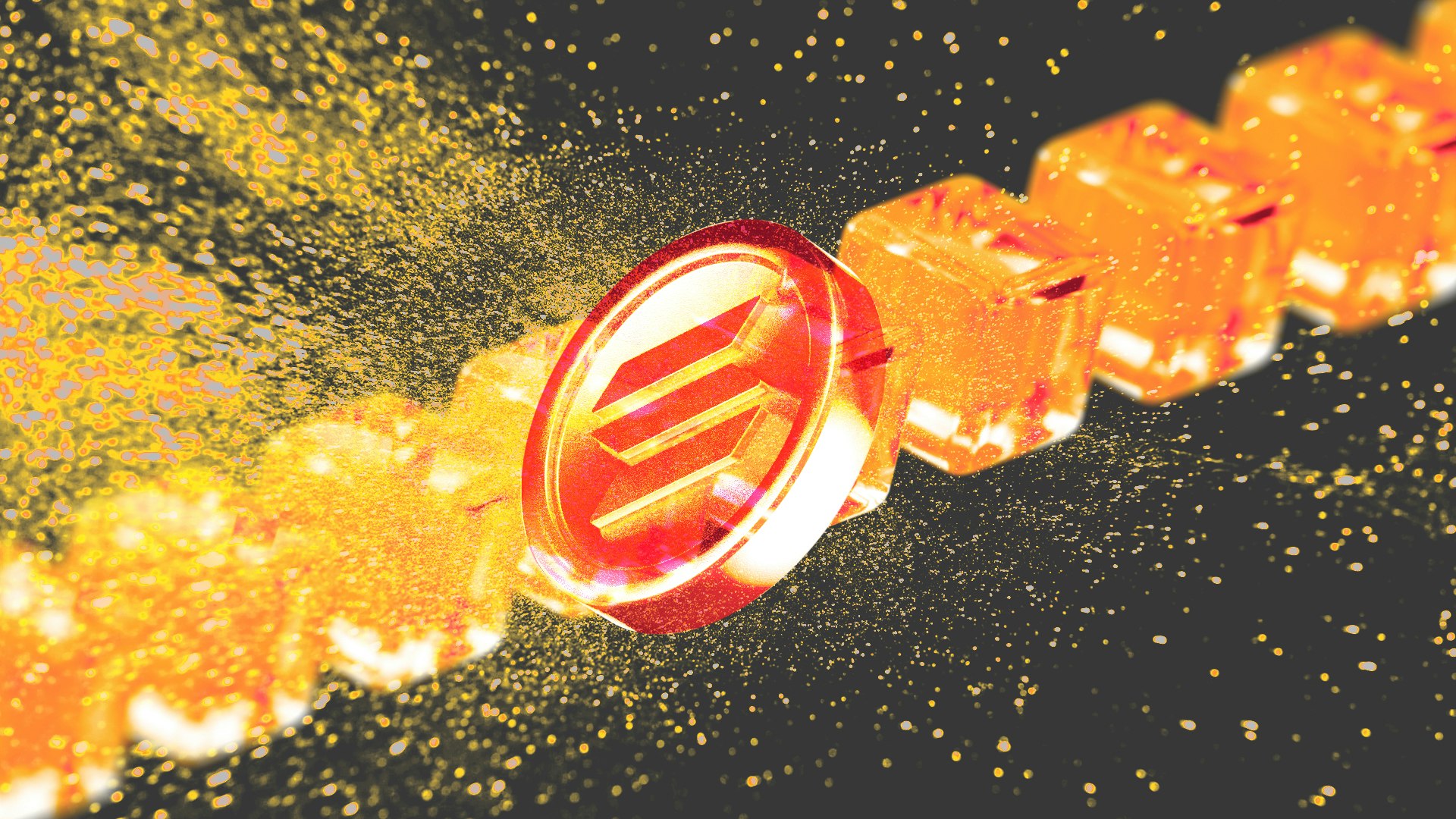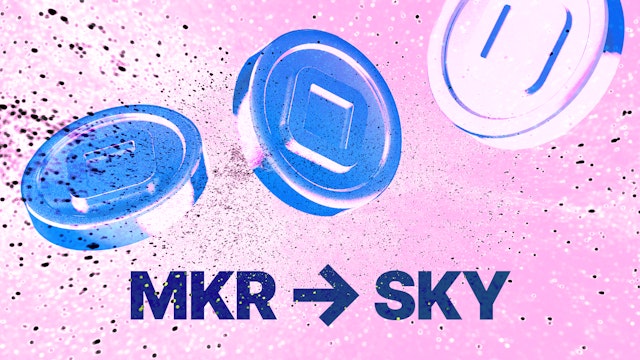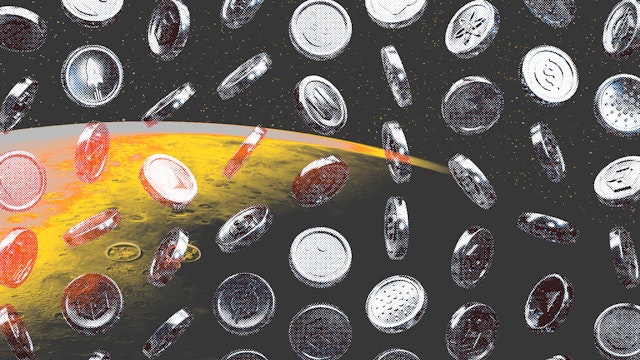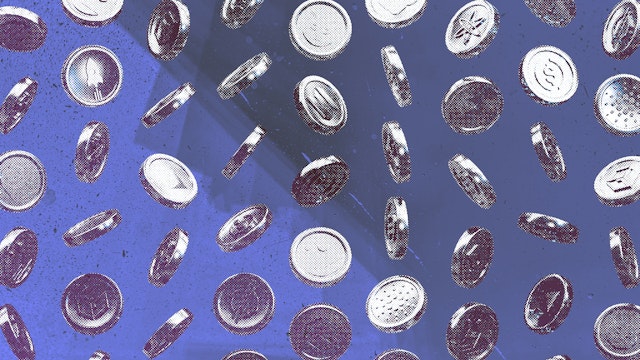Moving USDC Across Multiple Blockchains
Want to move USDC across blockchains? Multichain has arrived at CoinJar. Now you can do a lot more with your fave cryptos.
In this article...
- Here, we explain how to transfer USDC between various blockchains
- By moving USDC across multiple blockchains, users can access a wider range of opportunities
- Transferring USDC to a chain with lower fees can significantly reduce transaction costs.

Ever wondered how to move USDC across blockchains? Well, multichain has arrived at CoinJar, which means you can do a lot more things with your fave cryptos. USDC is one of the most popular stablecoins.
The ability to move it seamlessly across different blockchains means that you can choose cheaper, faster, and more secure blockchains to do transactions.
Here, we explain how to transfer USDC between various blockchains.
Understanding the importance of cross-chain USDC transfers
The blockchain ecosystem is fragmented, with different blockchains offering unique advantages and limitations. The ability to move USDC across chains has some advantages for users.
Expanding opportunities across blockchain ecosystems
Each blockchain supports a distinct ecosystem, with different opportunities in Decentralised Finance (DeFi). There are also opportunities beyond DeFi.
Moving USDC between chains allows users to tap into platforms offering Real-World Assets (RWAs), Non-Fungible Tokens (NFTs), blockchain-based gaming, and other emerging use cases.
By moving USDC across multiple blockchains, users can access a wider range of opportunities in DeFi, and beyond, and participate in the rapidly evolving blockchain ecosystem.
Optimise transaction fees
Different blockchains have varying fee structures. Transferring USDC to a chain with lower fees can significantly reduce transaction costs.
Speed and network status
The choice of blockchain also influences transaction speed and network reliability. For instance, Solana is known for its rapid transaction speeds but can experience outages during periods of high activity.
In contrast, Ethereum, while slower, offers greater reliability and uptime. Understanding these trade-offs is crucial when selecting the appropriate blockchain for your needs and managing expectations around transaction confirmation times.
Key Points to Consider:
Solana: High-speed transactions, potential for network congestion and temporary outages.
Ethereum: Slower transaction speeds, generally more reliable with consistent uptime.
By weighing these factors alongside ecosystem opportunities, you can make informed decisions when moving USDC across different blockchains.
Capitalise on arbitrage opportunities
Price discrepancies for USDC can exist across different exchanges and blockchains. Cross-chain transfers enable users to take advantage of these arbitrage opportunities.
Enhance security
Spreading USDC across multiple blockchains can mitigate risks associated with a single chain's potential vulnerabilities.
CoinJar: A gateway to seamless USDC transfers
Here's how to use CoinJar for cross-chain USDC transfers.
-If you're new to CoinJar, sign up for an account and complete the verification process.
-Purchase USDC directly on CoinJar or deposit it from an external wallet to your CoinJar account.
-Within your CoinJar account, go to the 'Send' section.
-Choose USDC as the cryptocurrency you want to transfer and select the desired destination blockchain from the available options.
-Input the recipient's wallet address on the destination blockchain. Double-check the address to avoid any errors.
-Carefully review the transaction details, including the amount of USDC, network fees, and the destination address. Once confirmed, initiate the transfer.
-If you are not confident, transfer a small amount first to make sure it gets to its destination.
Things to note in cross-chain USDC transfers
-Each blockchain has its own network fees, which can vary depending on network congestion. Factor in these fees when planning your transfers.
-Transfer times can also vary between blockchains. Some chains offer near-instant transfers, while others may take several minutes or longer.
-Ensure that the destination blockchain and wallet support USDC transfers.
-Use strong passwords and enable two-factor authentication to protect your CoinJar account and assets.
How to move USDC from CoinJar to a Solana Wallet
With CoinJar's new multichain functionality, moving USDC using Solana becomes much more direct.
-Within CoinJar, navigate to your wallet or the section for depositing/withdrawing assets.
-Look for an option to select the network or blockchain. Choose Solana from the list.
-CoinJar will provide you with a Solana USDC address. This is where you'll send your USDC to.
-Initiate a withdrawal of USDC from CoinJar.
-Paste the Solana USDC address you generated in the previous step into the withdrawal destination field.
-Double-check the address and network to ensure accuracy.
-Complete the withdrawal process.
-Once the withdrawal is processed by CoinJar, you should see the USDC appear in your Solana wallet.
-The transaction time will depend on Solana network congestion, but it's typically very fast.
-You'll need a Solana-compatible wallet (like Phantom or Solflare) set up and ready to receive the USDC.
Conclusion: Moving USDC across multiple blockchains
Moving USDC across multiple blockchains is a useful tool for cryptocurrency enthusiasts. CoinJar's multichain platform makes cross-chain USDC transfers accessible to users of all levels.
Customers of CoinJar can now access multiple opportunities in the DeFi space. They can optimise transaction costs, and boost the security of their digital assets.

Frequently asked questions
What is "native USDC" and how is it different from "bridged USDC"?
Native USDC refers to USDC that exists directly on a specific blockchain. Bridged USDC represents USDC that has been moved from its original blockchain to another using a bridge mechanism.
How do crypto exchanges facilitate the movement of USDC between blockchains?
Crypto echanges utilise a "burn and mint" process. This involves burning (destroying) USDC on the source chain and minting (creating) an equivalent amount of USDC on the destination chain.
What role do smart contracts play in this process?
Smart contracts automatically execute the burn and mint process, ensuring a secure and trustless transfer of USDC.
What is the significance of the "burn event"?
The burn event on the source chain is crucial as it permanently removes USDC from circulation, guaranteeing that the newly minted USDC on the destination chain doesn't inflate the overall supply.
In multichain USDC transfers, the "burn on the source" event ensures that the original USDC is destroyed, preventing double-spending and maintaining the integrity of the token's supply across different blockchains.
How do exchanges ensure there's enough USDC on the destination chain for the minting process?
They maintain liquidity pools of USDC on various blockchains, ensuring sufficient USDC is available for minting when users transfer their tokens.
What is CCTP and how does it enhance the user experience?
CCTP is also known as Cross-Chain Transfer Protocol. CCTP enables faster and more efficient USDC transfers between blockchains, improving the overall user experience.


Suggested Articles

MKR → SKY, DAI → USDS: The Next Generation of Tokens
What is going on with Maker (MKR) and Dai (DAI)? And what is Sky (SKY) and what is USDS? Here is everything you need to know.Read more
What is a Memecoin? Pepe, Doge, Shiba, Bonk, and Dogwifhat
Memecoins: Dogecoin, Shiba Inu, Pepe, dogwifhat and BONK. What are they?Read more
Different Types of Crypto: A Comprehensive Guide
Different kinds of crypto are used for different functions and purposes. Here are the important differences between cryptocurrencies. Read moreBrowse by topic
Your information is handled in accordance with CoinJar’s Collection Statement.
CoinJar’s digital currency exchange services are operated by CoinJar Australia Pty Ltd ACN 648 570 807, a registered digital currency exchange provider with AUSTRAC.
CoinJar Card is a prepaid Mastercard issued by EML Payment Solutions Limited ABN 30 131 436 532 AFSL 404131 pursuant to license by Mastercard. CoinJar Australia Pty Ltd is an authorised representative of EML Payment Solutions Limited (AR No 1290193). We recommend you consider the Product Disclosure Statement and Target Market Determination before making any decision to acquire the product. Mastercard and the circles design are registered trademarks of Mastercard International Incorporated.
Google Pay is a trademark of Google LLC. Apple Pay is a trademark of Apple Inc.
This site is protected by reCAPTCHA and the Google Privacy Policy and Terms of Service apply.

